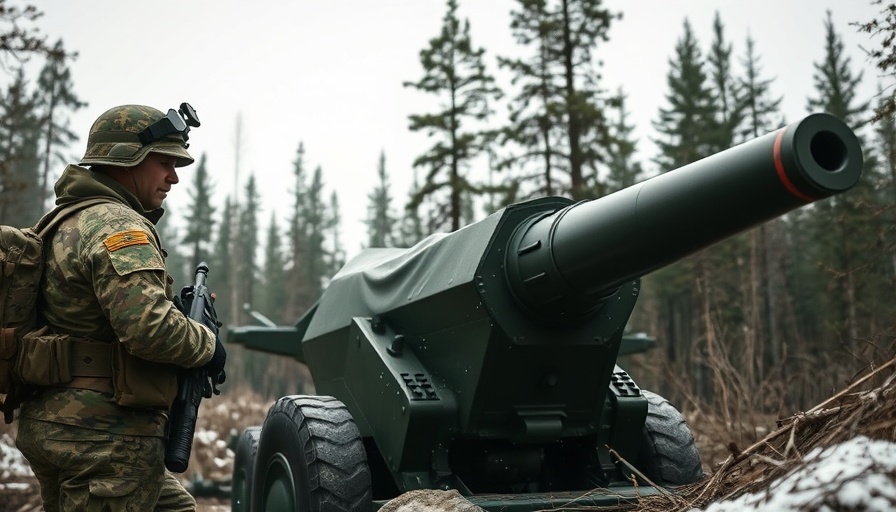
Drone Warfare Evolves: The Hunt for Ukraine’s 2P22 Howitzer
A recent incident illustrates the increasing sophistication of drone warfare in the ongoing conflict between Russia and Ukraine. A Russian drone successfully targeted and damaged an early example of Ukraine's 2P22 Bohdana-B, a new domestically produced 155-millimeter towed howitzer. This event, captured on video by a Russian officer, highlights a shift in modern military tactics, where drones are becoming critical assets in identifying and engaging enemy artillery.
The 2P22 Bohdana-B: A Game Changer for Ukraine
Ukraine's military has made significant advancements in its artillery capabilities, transitioning towards Western standards. Before the ongoing conflict, the Ukrainian industry had already developed a self-propelled variant, the 2S22 Bohdana, demonstrating its potential to innovate in warfare.
The 2P22 Bohdana-B towed howitzer complements Ukraine’s artillery strategy by leveraging existing Soviet designs while integrating new technology, aiming to standardize ammunition with Western counterparts. This array of artillery assets is crucial, especially considering Ukraine's loss of around 200 towed guns to Russian attacks since February 2022.
Turning the Tide: The Role of Drones in Modern Conflict
The proliferation of unmanned aerial vehicles (UAVs) on the battlefield marks a significant evolution in warfare. Drones are not only used for surveillance but are integral in executing targeted strikes, as seen in the attack on the 2P22. These technological advancements shape both military strategy and battlefield dynamics, with nations exploring the capabilities and limitations of UAVs more than ever before.
The Future of Drone Warfare and Artillery
As conflicts like the one in Ukraine evolve, we can expect further integration of UAV technology into standard military operations. The ability to synchronize drone strikes with ground forces and artillery will likely define future strategies, making the quest for innovative artillery solutions even more critical. The lessons learned in the field will inform military campaigns worldwide, indicating a transformative shift in how wars may be fought in this new era of warfare.
 Add Row
Add Row  Add
Add 




Write A Comment